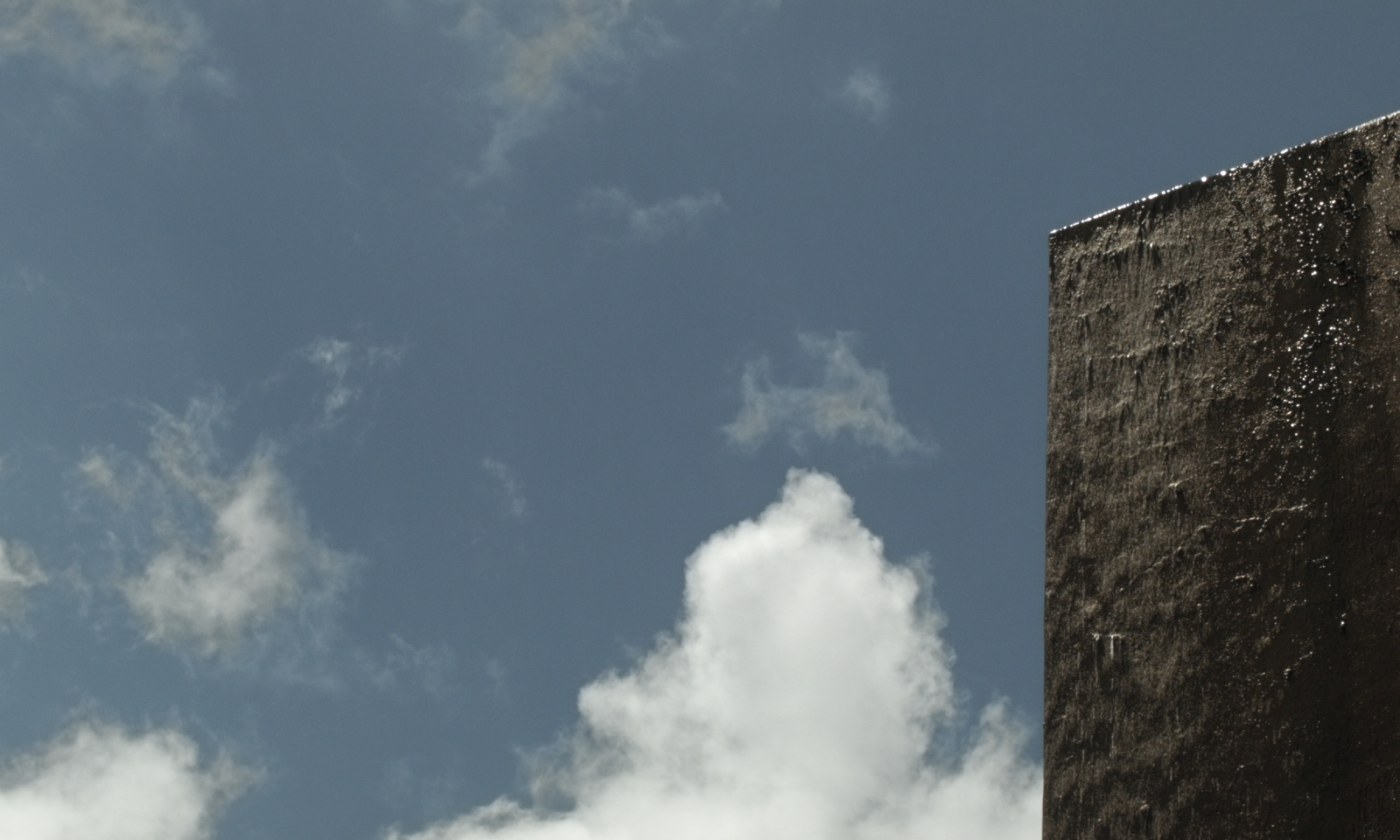Good filmmakers despise tourism. Their mission is to place the act of filming on equal footing with travels: then the camera becomes an extension of the eyes and the ears, even of the skin and tongue, and its movement obeys nothing but curiosity. Good filmmakers are curious, that is the virtue that secures an aesthetic.
In virar mar / meer werden / becoming sea the German filmmaker Philipp Hartmann travels south once again. He had already filmed in Bolivia and Argentina (About the Necessity to Travel the Seas), there was a time that he wanted to stop time or at least travel in it (Time Goes by like a Roaring Lion, his first feature-length film), then he traveled to 66 movie theaters in Germany and screened this debut feature film (66KINOS), and now he has visited Brazil to launch another film. In this country, which he got to know decades ago because of his economics studies and which he visits on a regular basis, he conjectured a film that needed to be made; perhaps he owed it to himself. In this faraway and immense country, whose official language he commands, he got to know Danilo Carvalho, a colleague who is also a sound engineer, and with whom he decided to embark on a film about water. Why select a topic that belongs more to the purview of meteorologists than filmmakers? How to film an element that is essential for the existence of life?
Carvalho and Hartmann revel in this question of how in three fantastic images right from the beginning. A mighty jet of water from a reservoir is the motif; the water there is the manifestation of unstoppable energy and the camera assumes the responsibility to bear witness to its might. The image also contains the recording of sound, another similar image follows, and, in the last part of the sequence, the water itself becomes the screen and harbors the moving images because a film is projected onto the jet. Mysterious connection and a paradox: nobody can step into in the same river twice, but it is quite possible to film this act and then to continue to repeat it indefinitely. To put it another way: the cinema can capture the future of water, the essential characteristics of an element that is after all defined by its mutability. Water in motion, water at rest, evaporated or condensed into clouds can be filmed as such, and in the course of virar mar / meer werden the various permutations of water are depicted with efficacy and with beauty. But water is not the only thing that gives life to this film.
There is one predominant poetic principle that governs such an aesthetic meteorology: contrast and continuity, which together create a charming dialectic that moves effortlessly from one region in Germany to another one in Brazil. This way it becomes possible to step from once scene in Dithmarschen into the Sertão of northeast Brazil and this transition happens both seamlessly and unannounced at the same time. This is how virar mar / meer werden strides along and it is also how its dialectic unfolds: the lushness of a landscape in Germany stand in marked contrast to the arid, eternally dry ecosystem of the one in the northern region of Brazil; the giant house of a mysterious German musician shines in juxtaposition with the houses of a village in the Sertão, where a filmmaker is making movies with his neighbors; the young Brazilian women enjoying a swim in the water reservoir are not too far away with their musings from the young women who chat with each other at the banks of a river in Germany; a mysterious angel can help the musician playing Bach in a church in Dithmarschen; and, a little later: an analogy of Christ – he may no longer be able to walk on water because he is now a human impersonation – greets Hartmann, who is busy with a sound recording in the Sertão. These are all similar yet different forms of life at the same time, unified by a film that strives to collect situations and details in order to create a kaleidoscopic portrait of the bond of our species with water.
And that’s why in virar mar / meer werden there are images of people watering their gardens – everywhere and all over as their daily work, images of wild rainfalls that allude to the apocalyptic imaginary, images of men and women who enjoy the contact of their bodies with water from rivers and waterfalls, of prehistoric fish moving around an aquarium, or of a view from the sky where you can experience the painful significance of a drought. From myth to ecology, from economics to fantasy, no connection to water is missing in this playful phenomenology of the element and it unfolds through the meticulous teasing out of the images and their surrounding sounds; because above all virar mar / meer werden is a cinematographic work, a flowing body made out of visible and audible layers that are destined to turn liquid matter into a concrete shape.
Translated by Daniel H. Wild

